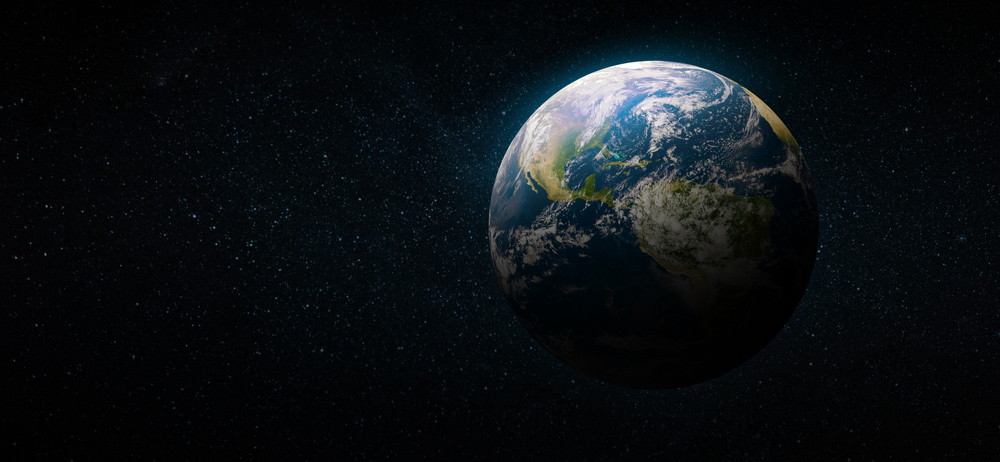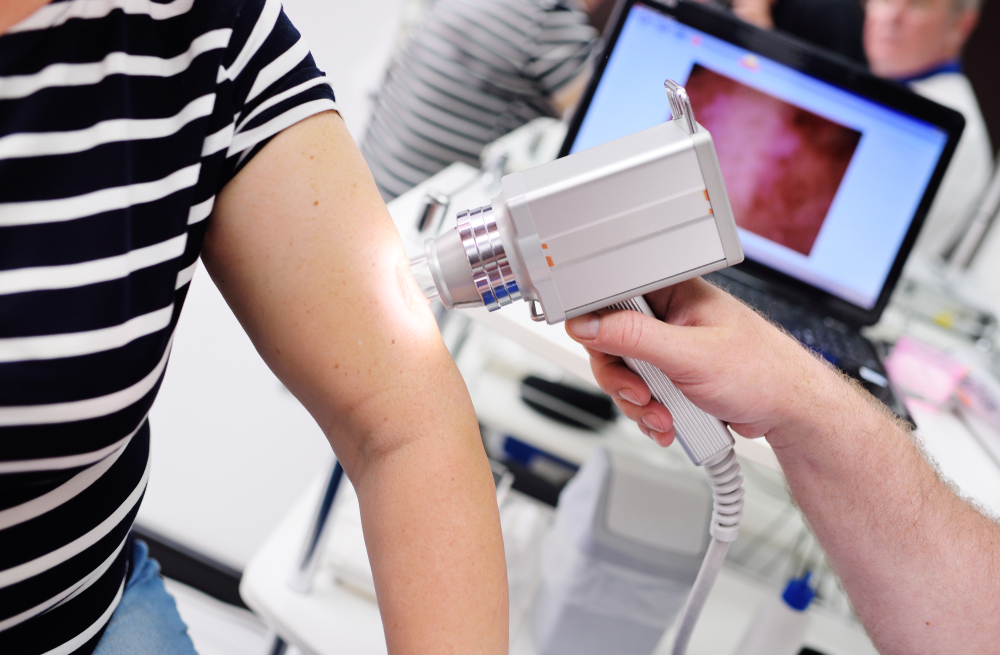Ocean plastic is a persistent problem that endangers wildlife and humans. Around eight to 12 million tons of plastic end up in the sea each year, inspiring projects like The Ocean Cleanup’s trash collecting system and this floating plastic island.
However, removing plastic from the ocean is extremely tricky as the ocean is vast and deep. Plus, once waste reaches the ocean, it breaks down into smaller and smaller particles that disperse and become difficult to locate microplastics.
That’s why students at ETH Zurich University in Switzerland are trying to tackle plastic pollution at its source. The group of ambitious students has developed a scalable system using artificial intelligence, robots, and automation called the Autonomous River Cleaning, or ARC for short. Their system focuses on removing plastic from rivers around the world because there the waste is at least somewhat concentrated, so clearing rivers of plastic will prevent a lot of it from entering the ocean in the first place. Their trickiest obstacle is getting it all to a single pick-up point so that it can be retrieved.
To address this problem, the ARC team borrows techniques from mathematical modeling and fluid dynamics. To encourage the waste toward the collection point, the team will pump air into water in a similar way that whirlpools function naturally. Groups of pressurized tubes called bubble curtains will be placed at the bottom of the river, creating a constant upward flow of air bubbles which will push plastic particles to the surface, making it easier to collect them.
Though other projects have used bubbles to clear plastic from the water before, the ARC team is going above and beyond by employing an autonomous robot armed with AI that can sort through waste and separate plastic. The robotic arm is equipped with a camera that can identify different kinds of waste, retain plastic, and return biomass that’s been picked up accidentally.
The students will use floating GPS trackers to determine the amount of plastic and the types of waste that end up in rivers (which isn’t well documented yet), plus the routes that the waste travels, offering researchers invaluable monitoring abilities. Knowing the routes that waste takes into the ocean can help inform how we can further develop removal strategies.
Basically, the ARC team has developed a one-stop system that integrates waste accumulation, autonomous sorting, detection, and analysis. Right now, the team is testing their prototype in the Limmat River in Zurich and hopes to deploy the system in larger rivers in Africa, India, and Southeast Asia starting next year.












